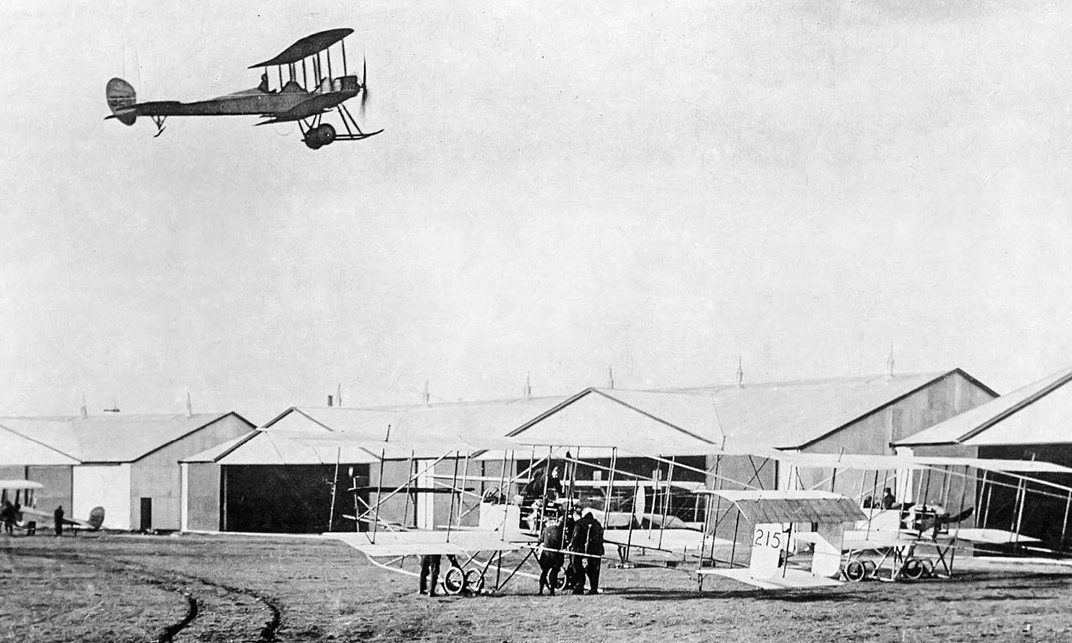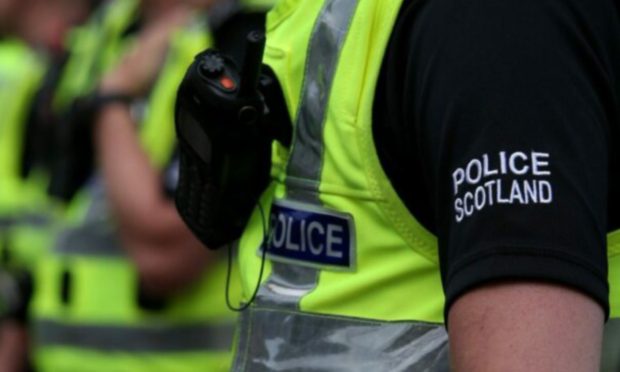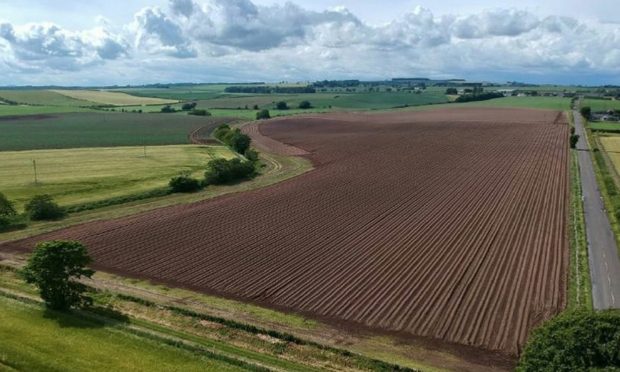A young pilot who was killed in a fireball air plunge at Montrose is to be remembered 100 years after his death.
David Victor Foot, also known as Foote, was burned to death at Montrose on May 4 1917 when his plane dived to the ground from 50 feet and burst into flames.
The flames were so fierce that no assistance could be given to the airman whose B.E.2 two-seat biplane was completely consumed by the blaze at 8.50am.
The Court of Inquiry eventually put the accident down to “an error of judgement” on the part of Foot whose body was “terribly burned”.
His death was recorded as fracture of the spine and it is believed he was already dead before the plane ignited in the vicinity of Montrose Aerodrome.
He had only made his first solo flight the previous day.
Local historian Patrick Anderson from Letham recently researched the accident and tracked down Foot’s birth certificate to Bo’ness.
The 24-year-old served in the ranks of the Artists Rifles before joining up to the Royal Flying Corps (RFC) as second lieutenant.
Mr Anderson said: “I started to do some research and found that he was listed on the War Graves index (CWGC) but not on the Scottish National War Memorial at Edinburgh Castle.
“David Victor Foot attended Linlithgow Academy and then Edinburgh Academy before serving in the ranks of the Artists Rifles and then he was commissioned on March 17 1917 as a second lieutenant in the Royal Flying Corps.
“It would appear he was posted to Turnhouse Aerodrome in Edinburgh and then posted to RFC Montrose.”
Mr Anderson submitted his file to Lt Col Roger J Binks who has now accepted Foot’s name as a casualty of war.
He said: “Like many others it would appear that if the serviceman does not serve overseas in a theatre of war they do not get any war medals.
“He is listed on several war memorials such as Bo’ness, Linlithgow Academy and Edinbugh Academy.
“I am so pleased that his name is now recorded on the main roll of honour.”
In 1912, the British Government planned twelve Air Stations operated by the Royal Flying Corps.
Under the instructions of the First Lord of the Admiralty Winston Churchill, the first of these was at Montrose.
On February 13 1913 five aircraft of No.2 Squadron of the Royal Flying Corps took off from RAF Farnborough under the command of Major C J Burke.
The 450 miles (720 km) journey north was completed in a series of stages over the following 13 days.
The aircraft landed at Upper Dysart Farm on February 26, three miles (4.8 km) south of Montrose, thus making it the first operational military airfield to be established in the United Kingdom.
Not considering the site ideal, after surveying the area Major Burke gained agreement to move the base to Broomfield Farm, one mile (1.6 km) north of the town.










